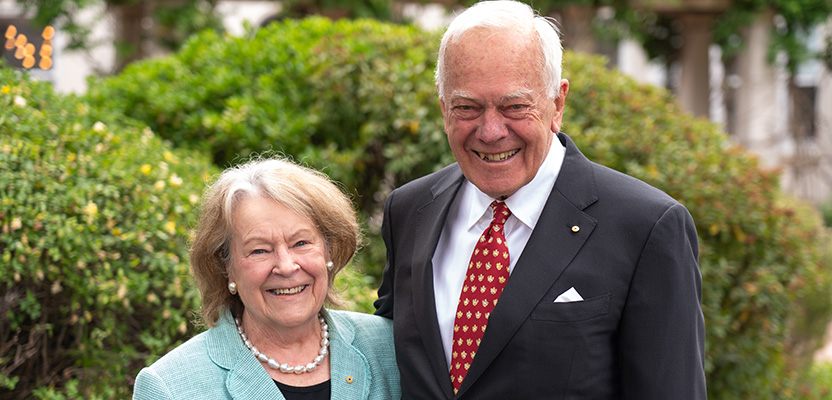Rural doctors around the nation are crying out for an urgent investment in funding and resources to improve staff levels and hospital facilities in the struggling rural health system, a new survey has found.
The AMA Rural Health Issues Survey 2019 found that more staff and workable rosters was the most critical priority for improving rural health outcomes as rated by rural doctors, unchanged since the last survey in 2016.
That was followed closely by more trainee doctors in rural areas, and the need for modern hospital facilities and equipment.
“These survey results paint a picture of a struggling system being held together by hard-working and dedicated doctors,” AMA President, Dr Tony Bartone, said today.
“All of the groups surveyed – GPs, non-GP specialists, salaried doctors, doctors in training, and other medical professionals – identified extra funding and resources for staff, including core visiting medical officers (VMOs), to allow workable rosters as their top priority.
“This reflects rural doctors’ long-held concerns about the lack of staffing in rural hospitals, the high workload, and the significant levels of responsibility placed on hospital doctors and VMOs.
“Poorly-designed rosters and staff shortages lead to fatigue, and doctors in training often have a significant burden of responsibility placed on them in rural hospitals.
“It’s not surprising that the survey results have barely changed since the last AMA Rural Health Issues Survey in 2016 – because the conditions in rural and remote Australia have barely changed.
“While there have been some positive developments as a result of the 2016 survey, the impact of these initiatives will not be felt in rural communities for years.
“What is surprising is that rural health has received very little attention from any of the major parties during this Federal election campaign.
“The promised roll out of the ³Ô¹ÏÍøÕ¾ Rural Generalist Pathway by the Coalition is a welcome move and the ALP has committed to developing a ³Ô¹ÏÍøÕ¾ Rural Health Strategy. However, rural communities are looking for something more immediate.
“It remains inconceivable that millions of Australians who experience higher incidence of the drivers of chronic disease are being overlooked.
“Australians who live in rural and remote areas cities have poorer health outcomes than those who live in cities. They access Medicare at far lower rates than city dwellers, and wait longer to see their GP.
“Rural communities have fewer doctors and are finding it increasingly difficult to attract new ones.
“Rural doctors are up against it, and it feels like no-one is paying attention.
“The AMA is calling for immediate funding to improve infrastructure, and to support more doctors to build their lives and careers in rural areas.
“One of the most encouraging outcomes of the Survey is the overwhelming satisfaction that rural doctors gain from their work.
“Rural doctors enjoy treating generations of families, feeling involved in their communities, and tackling a wide range of health conditions.
“Rural doctors love their work – they just need more support to keep doing it.
“It will be up to whoever wins Saturday’s election to ensure that rural doctors and their communities do not continue to be overlooked.”
The AMA Rural Health Issues Survey 2019 is available at
Background
- The AMA Rural Health Issues Survey of more than 600 rural doctors was conducted during March 2019.
- Survey participants were asked to rate the importance of 31 different proposals, and to provide additional comments or suggestions.
- Rural GPs were the largest group of respondents (32.6 per cent), followed by non-GP specialists in private practice, salaried doctors (17.4 per cent), other doctors including rural generalists, locums and VMOs (16.6 per cent) and doctors in training (14.1 per cent).
- The majority of responders were from New South Wales (30.5 per cent), followed by Queensland (26.1 per cent), Victoria (22.9 per cent), Western Australia (8.4 per cent), Tasmania (6.8 per cent), South Australia (4.2 per cent), Northern Territory (1 per cent), and the ACT (0.2 per cent).








